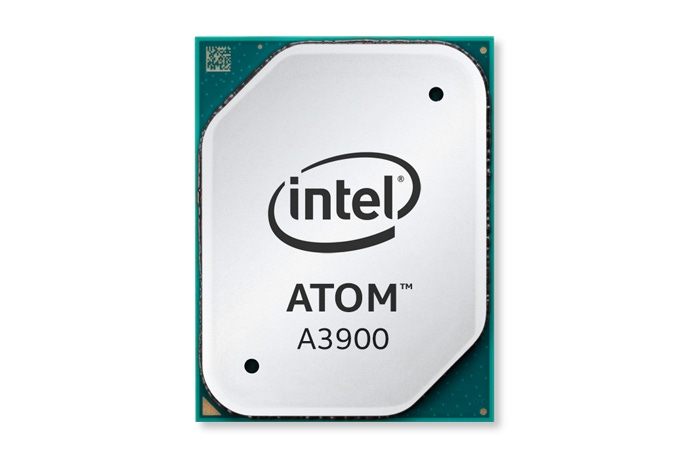Microcontroller makers will continue to target their products at the Internet of Things in 2017 by adding such features as connectivity and security.
December 28, 2016

Microcontroller (MCU) makers will continue to target their products at the Internet of Things (IoT) in 2017 by adding such features as connectivity and security.
The new breed of MCUs will meet a growing market demand for secure, wireless IoT applications. “You’re going see improved processor capabilities, more focus on battery life, more connectivity of various types, and greater security,” noted Bob O’Donnell, founder of TECHnalysis Research LLC. “Those features will make it easier for people who have not been involved in SoCs (system-on-chips) to get involved.”
Indeed, the idea is to make it easier for a broad swath of the developer community to enter the world of the IoT. And device manufacturers are quickly recognizing that need. In October, ARM Holdings plc rolled out a pair of processor architectures aimed at shoring up IoT security. The new architectures are almost sure to spawn a multitude of IoT MCUs in 2017 from manufacturers who adopt ARM’s core designs. Although ARM is less-known for its efforts in the IoT space, its influence on the larger electronics industry is enormous. Last year, ARM’s partners shipped 15 billion chips based on its architectures.
The trend toward IoT processors will go well beyond ARM licensees, however. Days after ARM’s October announcement, Intel rolled out the Intel Atom E3900 Series, which is targeted at IoT applications in industrial, automotive, video, manufacturing, and retail. The new processor series is said to offer 1.7 times more computing power than the previous generation of Atom processors, along with powerful graphics and security capabilities. In a press release, the semiconductor giant explained its IoT effort by saying the “IoT is expected to be a multi-trillion-dollar market, with 50 billion devices creating 44 zettabytes (or 44 trillion gigabytes) of data annually by 2020.”
 A ‘Fresh Look’ for MCUs
A ‘Fresh Look’ for MCUs
The move to IoT processors is not new, of course. The trend has been gathering momentum for several years, and much of the effort has been centered around connectivity. Marvell Semiconductor Inc., for example, recently rolled out its EZ-Connect WiFi microcontroller for a wide variety of IoT applications, ranging from connected air and water purifiers to smoke alarms and smart light bulbs. Similarly, Texas Instruments introduced a platform called the SimpleLink WiFi family, which is described as an “Internet-on-a-chip” solution. Early members of the family, such as the CC2640 wireless MCU, include an ARM Cortex-M3-based MCU, a radio using a separate Cortex-M0 core, and a sensor-controller engine, all on a single chip.
|
Convince Your Boss to Send You! DesignCon, the premier conference for chip, board, and systems design engineers, returns to Silicon Valley for its 22nd year. DesignCon serves the high speed communications and semiconductor communities offering state-of-the-art design methodologies, applications, technologies, and unparalleled networking opportunities. Register today! |
O’Donnell said that connectivity is a key differentiator for IoT applications. “In the past, a lot of these were plain microcontrollers without connectivity,” he told us. “Today, the big difference is we’re seeing the connectivity piece being added on.”
That connectivity, however, creates an issue for developers. Many fear that their wireless applications will be more vulnerable to hackers than they were in the past. “Security is a huge deal,” O’Donnell said. “Connectivity is great, but it also creates an opening for the bad guys, as well as the good guys. And that can be a challenge.”
That’s why ARM is addressing security with two new architectures, the first in a new family of ARMv8-M processors. ARM’s Cortex-M23 and -M33 will incorporate TrustZone technology, a hardware-based form of security that enables developers to “lock” applications in a safe space. ARM describes the M33 as a “mainstream, general purpose, 32-bit MCU for secure applications” and says the M23 is built for “the smallest, most-energy-sipping types of embedded products.”
Such processors are sure to be part of a trend in 2017, experts say. They may not represent a dramatic departure from devices that were available just a few years ago, but they’re increasingly being tailored to a growing set of new applications. “A lot of these devices are not radically new,” O’Donnell told us. “They’re just next-generation MCUs, but they’re getting a fresh look because of the IoT.”
Senior technical editor Chuck Murray has been writing about technology for 32 years. He joined Design News in 1987, and has covered electronics, automation, fluid power, and autos.
 The new year is here and already proving to offer significant opportunities and advances on 2016. Before you dive to deeply into 2017, prepare yourself for what will surely be an innovative year with more stories from Design News' "Look Ahead: 7 Areas of Advancing Engineering Opportunity in 2017" article series.
The new year is here and already proving to offer significant opportunities and advances on 2016. Before you dive to deeply into 2017, prepare yourself for what will surely be an innovative year with more stories from Design News' "Look Ahead: 7 Areas of Advancing Engineering Opportunity in 2017" article series.
About the Author(s)
You May Also Like




